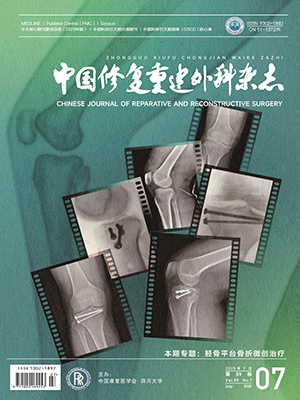OBJECTIVE: To explore the mechanism of microvascular spasm after limb ischemia-reperfusion. METHODS: The rabbit hindlimb normothermic tourniquet ischemia model was employed. The tendon on the dorsum of the foot was exposed for observation of microvessels. The responses of arterioles on tendon surface to topical application of 10(-6) mol/L noradrenaline (NE) (a vasoconstrictor), 10(-6) mol/l acetylcholine(Ach) (an endothelium-dependent vasodilator) and 10(-4) mol/L nitroglycerin(NTG) (an endothelium-independent vasodilator) were observed at the period of ischemia and following 30 minutes of reperfusion after 2 hours and 5 hours of ischemia by use of intravital microscopy. RESULTS: No significant changes in the responses of arterioles to NE, Ach and NTG were noted following 30 minutes of reperfusion after 2 hours of ischemia compared with pre-ischemia. The constrictor responses of arterioles to NE were still not significantly altered following 30 minutes of reperfusion after 5 hours of ischemia, however, the dilation responses to Ach and NTG were significantly decreased (to Ach P lt; 0.01; to NTG, P lt; 0.05). CONCLUSION: Reperfusion after 5 hours of ischemia significantly impairs both the endothelium-dependent and endothelium-independent vasodilation, meanwhile preserves constrictor responses to NE, these may contribute to the genesis of the vasospasm in ischemia reperfusion.
Citation: XING Xin,LI Jun hui,GUO En tan,et al.. CHANGES OF THE RESPONSES OF ARTERIOLES TO NORADRENALINE, ACETYLCHOLINE AND NITROGLYCERIN AFTER LIMB ISCHEMIA REPERFUSION. Chinese Journal of Reparative and Reconstructive Surgery, 2000, 14(3): 149-153. doi: Copy
Copyright © the editorial department of Chinese Journal of Reparative and Reconstructive Surgery of West China Medical Publisher. All rights reserved




